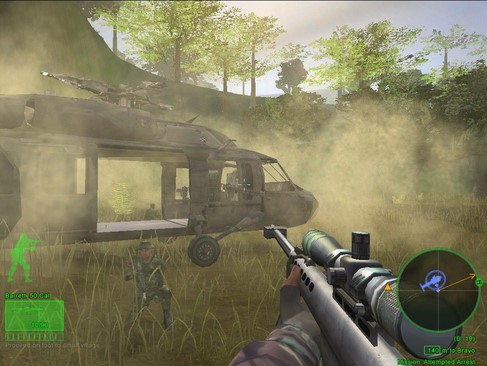
Elements of the 2nd Battalion 9th Marines HMLA-369 (Marine Light Attack Helicopter Squadron 369 of Marine Aircraft Group 39, 3rd Marine Aircraft Wing, Camp Pendleton) 9th Marines quickly secured routes to Baidoa, Balidogle and Kismayo, then were reinforced by the U.S. Marine Corps landed the 15th Marine Expeditionary Unit MEUSOC in Mogadishu with elements of 2nd Battalion 9th Marines and 3rd Battalion 11th Marines, secured nearly one-third of the city, the port, and airport facilities within two weeks, with the intent to facilitate airlifted humanitarian supplies. assuming the unified command in accordance with Resolution 794. This operation called Operation Restore Hope, saw the U.S. launched a major coalition operation to assist and protect humanitarian activities in December 1992. When this proved inadequate to stop the massive death and displacement of the Somali people (500,000 dead and 1.5 million refugees or displaced), the U.S. ĭestroyed Somali National Army M47 tanks lay abandoned near a warehouse following the outbreak of the civil war. The SNM renamed this unrecognized territory Somaliland, and selected its leader Abdirahman Ahmed Ali Tuur as president. A fifth group, the Somali National Movement (SNM), declared independence in the northwest portion of Somalia later in June. A ceasefire was agreed to in June 1991, but failed to hold.

In total, four opposition groups competed for political control: the USC the Somali Salvation Democratic Front (SSDF) the Somali Patriotic Movement (SPM) and the Somali Democratic Movement (SDM). The main rebel group in the capital Mogadishu was the United Somali Congress (USC), which later divided into two armed factions: one led by Ali Mahdi Muhammad, who became president and the other by Mohamed Farrah Aidid. The Somali National Army concurrently disbanded, and some former soldiers reconstituted as irregular regional forces or joined the clan militias. In January 1991, Somali President Mohamed Siad Barre was overthrown by a coalition of opposing clans, precipitating the Somali Civil War. Marine Corps helicopter surveying a residential area in Mogadishu as part of Operation Restore Hope (1992). Fear of a repeat of the battle was a reason for American reluctance to get further involved in the region, and some scholars argue that it was a major factor that affected the Clinton administration's decision to not intervene in the Rwandan genocide, which took place six months later. In the aftermath of the battle, dead American soldiers were dragged through the streets by Somalis, which was shown on American television-to public outcry. The American withdrawal was ridiculed by Al-Qaeda, who may have been responsible for training the fighters that downed the helicopters. The battle shifted American foreign policy and led to an eventual pullout of the UN mission. There were between 315 and 2,000 Somali casualties. In the morning, a UNOSOM II armored convoy fought their way to the helicopters, incurring further casualties but eventually rescuing the survivors.Ĭasualties included 19 dead American soldiers and 73 wounded, with Malaysian forces suffering one death and seven wounded, and Pakistani forces suffering one death and two injuries. Fighting lasted through the night to defend the survivors of the crashes, including the insertion of two US Army Delta Force operators who would be posthumously awarded the Medal of Honor. A desperate defense of the downed helicopters began, which would become dramatized in the 2001 film Black Hawk Down. As the mission was ongoing, Somali forces shot down two American Sikorsky UH-60 Black Hawk helicopters using RPG-7s. The assault was planned to include an air and ground phase. The initial operation of 3 October 1993, intended to last an hour, became an overnight standoff and rescue operation extending into the daylight hours of 4 October 1993. The goal of the operation was achieved, although it was a pyrrhic victory and conditions spiraled into the deadly Battle of Mogadishu. The American Task Force Ranger was dispatched to seize two of Aidid's high-echelon lieutenants during a meeting in the city.

Standing in the way was Aidid, who refused to cooperate with the UN. It was part of the broader Somali Civil War, which had intensified since 1991 and threatened famine the UN had become engaged to provide food aid, but eventually shifted their mission to establish democracy and restore a secure government. It was fought on 3–4 October 1993, in Mogadishu, Somalia, between forces of the United States-supported by UNOSOM II-and Somali militiamen loyal to Mohamed Farrah Aidid. The Battle of Mogadishu ( Somali: Maalintii Rangers, lit.'"Day of the Rangers"'), also known as the Black Hawk Down incident, was part of Operation Gothic Serpent.


 0 kommentar(er)
0 kommentar(er)
